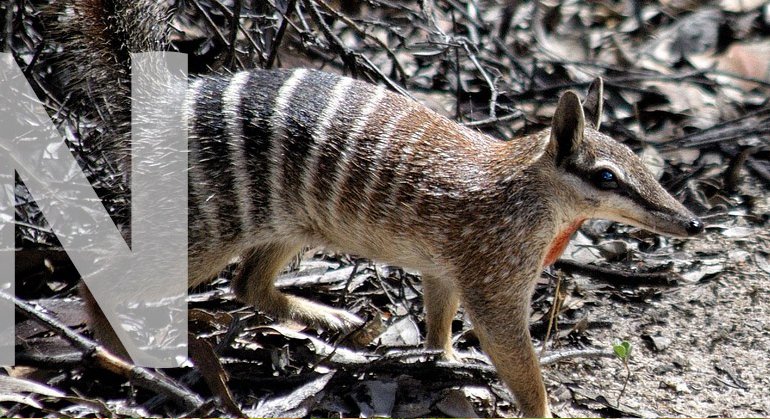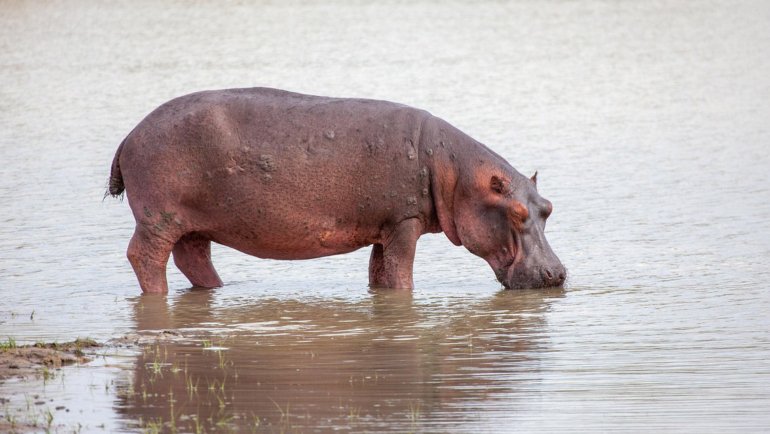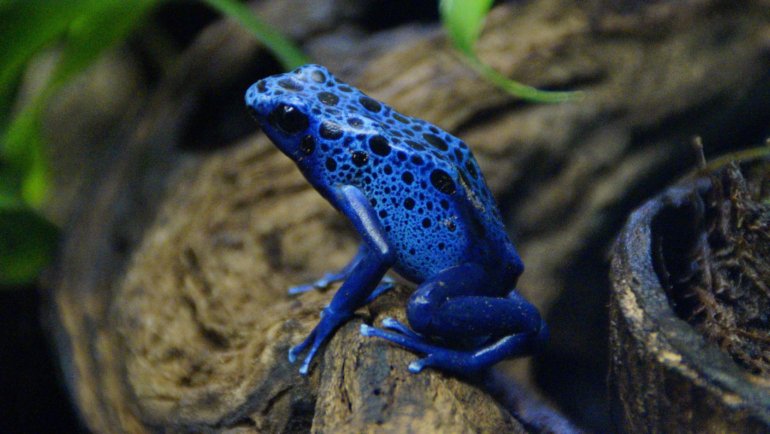Welcome to our listicle on the strongest animals in the world! Strength in the animal kingdom isn’t just about raw muscle power—it’s also about the ability to lift, pull, or carry weight relative to one’s own body size.
From insects that can lift many times their own body weight to massive mammals with extraordinary endurance, the following animals truly exemplify the concept of strength. Join us as we explore the top 10 strongest animals in the world.
10 Strongest Animals in the World
1. Dung Beetle

- Scientific name: Scarabaeus sacer
- Type of animal: Insect
- Conservation status: Least Concern
The dung beetle is renowned for its incredible strength, particularly in relation to its size. These little giants are capable of lifting and moving objects that are over 1,000 times their own body weight. Found in various environments from deserts to grasslands, dung beetles play a crucial role in recycling nutrients and improving soil health.
Despite their humble appearance, dung beetles are some of the most important insects in their ecosystems. Their strength isn’t just for show; they use it to roll balls of dung back to their burrows, either for food storage or for laying eggs. This behavior benefits the environment by aerating the soil and distributing nutrients.
Did you know? A dung beetle can pull a weight equivalent to a human pulling six double-decker buses!
2. African Elephant
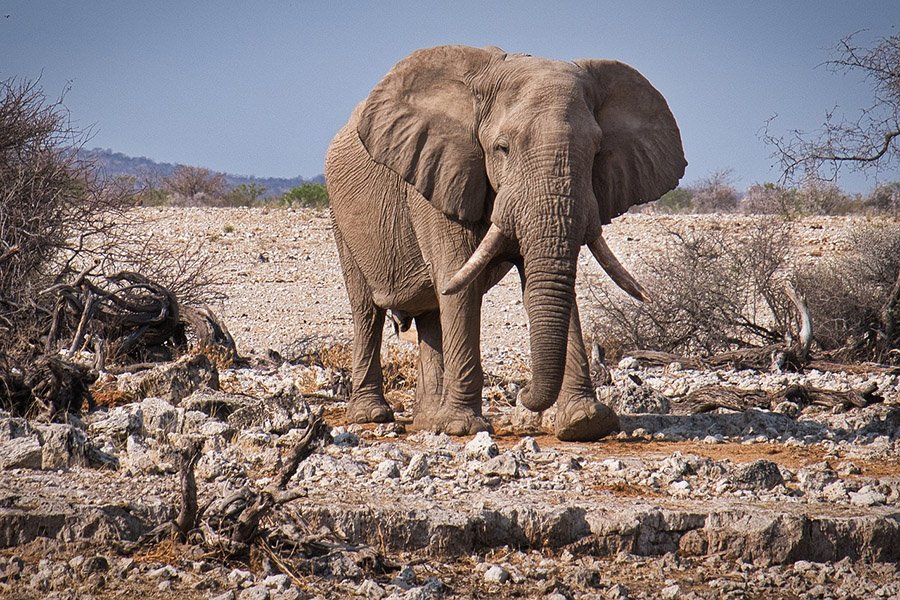
- Scientific name: Loxodonta africana
- Type of animal: Mammal
- Conservation status: Vulnerable
The African elephant is the largest land animal on Earth and also one of the strongest. These gentle giants can weigh up to 12,000 pounds and can carry loads of up to 1,200 pounds with their powerful trunks. Their trunks are versatile tools used for everything from feeding and drinking to social interactions.
African elephants roam the savannas and forests of Africa, where they play a key role in their ecosystems. By uprooting trees and shrubs, they help maintain the landscape, making it suitable for other wildlife. Unfortunately, despite their strength, African elephants face threats from habitat loss and poaching.
Did you know? An African elephant’s trunk contains over 40,000 muscles, making it one of the most versatile appendages in the animal kingdom!
3. Grizzly Bear
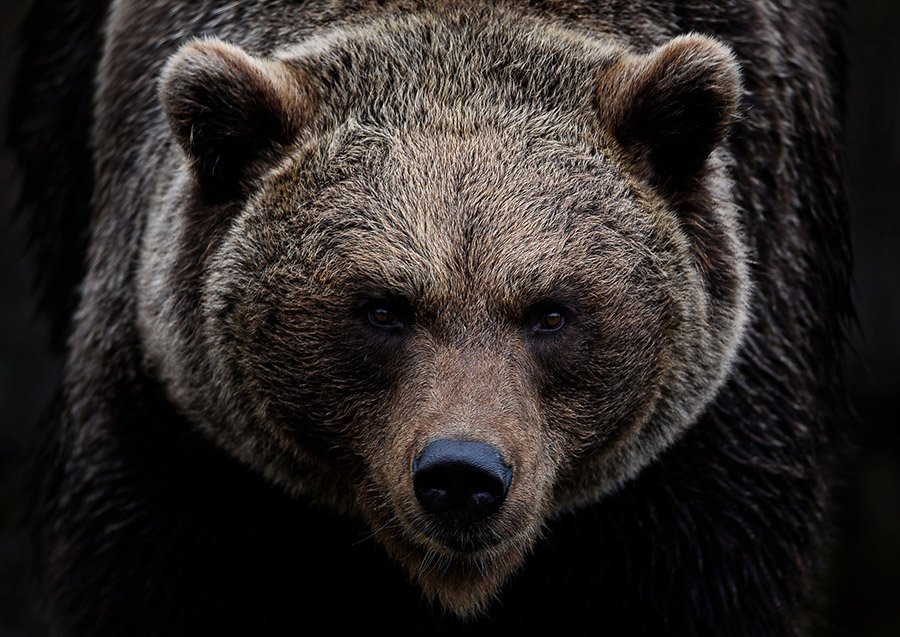
- Scientific name: Ursus arctos horribilis
- Type of animal: Mammal
- Conservation status: Least Concern
Grizzly bears are synonymous with raw power. These formidable predators can weigh up to 1,200 pounds and have the strength to move boulders, dig through tough terrain, and take down large prey. Found mainly in North America, grizzly bears are omnivores with a varied diet that includes fish, berries, and small mammals.
Grizzly bears are known for their incredible resilience and adaptability. Whether fishing for salmon or foraging for berries, their strength and intelligence enable them to thrive in diverse environments. However, they are also solitary animals that require large territories to roam.
Did you know? A grizzly bear’s bite is strong enough to crush a bowling ball!
4. Leafcutter Ant

- Scientific name: Atta cephalotes
- Type of animal: Insect
- Conservation status: Not Evaluated
Leafcutter ants are tiny but mighty. These industrious insects can lift and carry objects that are 50 times their own body weight. They use their powerful mandibles to cut and transport leaves back to their colonies, where they cultivate fungal gardens for food.
Found primarily in tropical rainforests, leafcutter ants play a vital role in their ecosystems. Their leaf-cutting activities help aerate the soil and contribute to nutrient cycling. Despite their small size, their collective strength and teamwork make them one of the most fascinating examples of insect engineering.
Did you know? Leafcutter ants can form long lines that stretch over 100 feet as they transport leaves back to their nest!
5. Gorilla

- Scientific name: Gorilla beringei
- Type of animal: Mammal
- Conservation status: Endangered
Gorillas are the strongest of all primates. These muscular animals can lift objects that are over ten times their own body weight. Found in the forests of Central Africa, gorillas are primarily herbivores, feeding on leaves, shoots, and fruit.
Despite their formidable strength, gorillas are generally gentle and social animals. They live in tight-knit family groups led by a dominant male known as a silverback. Gorillas are highly intelligent and exhibit complex behaviors, including the use of tools.
Did you know? A silverback gorilla can lift nearly 1,800 pounds, which is about the weight of 30 average human adult males!
6. Eagle
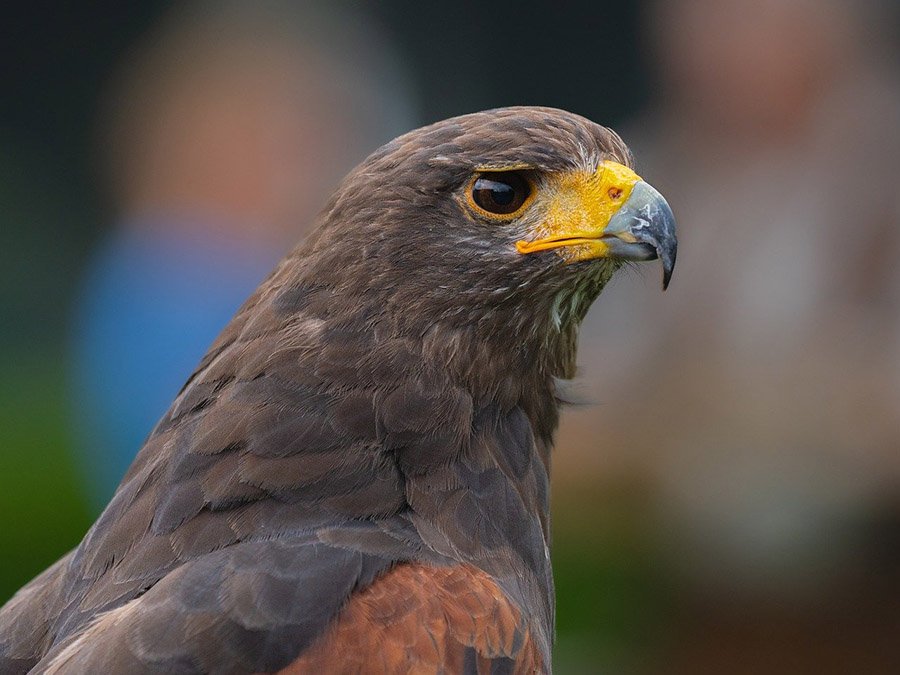
- Scientific name: Haliaeetus leucocephalus
- Type of animal: Bird
- Conservation status: Least Concern
Eagles are the epitome of power and vision in the avian world. With a wingspan that can exceed seven feet, these birds of prey are known for their incredible strength and hunting skills. They can dive at speeds of up to 100 miles per hour to catch their prey with powerful talons.
Eagles are found on every continent except Antarctica, and they primarily feed on fish and small mammals. Their keen eyesight allows them to spot potential food from great distances. Eagles are also known for their impressive nests, which can weigh hundreds of pounds.
Did you know? An eagle’s grip is ten times stronger than that of a human, allowing it to carry prey weighing up to four pounds!
7. Anaconda
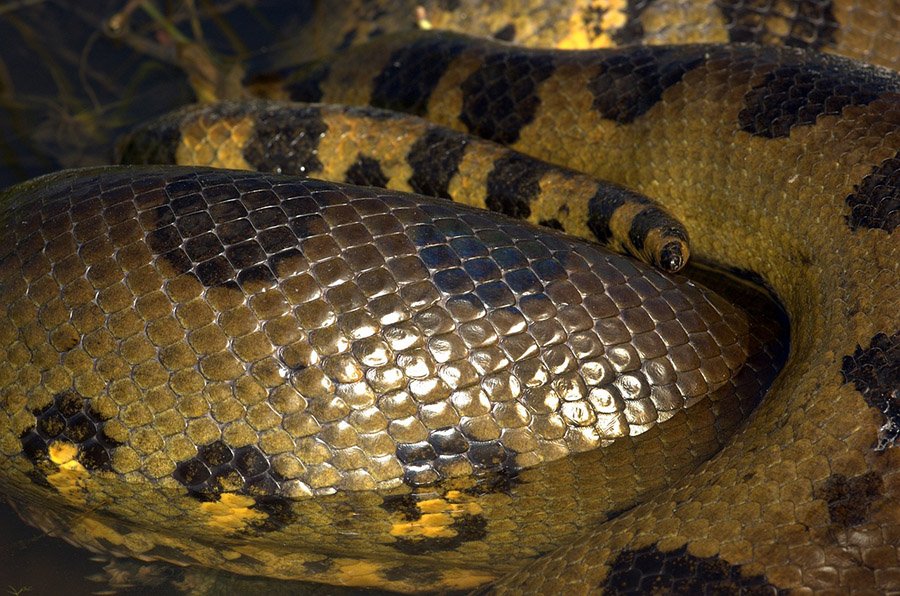
- Scientific name: Eunectes murinus
- Type of animal: Reptile
- Conservation status: Least Concern
The anaconda is one of the largest and most powerful snakes in the world. These massive reptiles can weigh over 500 pounds and reach lengths of up to 30 feet. Found in the swamps and rivers of South America, anacondas use their immense strength to constrict and subdue their prey.
Anacondas are primarily aquatic and are excellent swimmers. They feed on a variety of animals, including fish, birds, and mammals. These snakes are known for their stealth and patience, often lying in wait for hours before ambushing their prey.
Did you know? An anaconda can squeeze its prey with a force equivalent to the weight of a school bus!
8. Ox
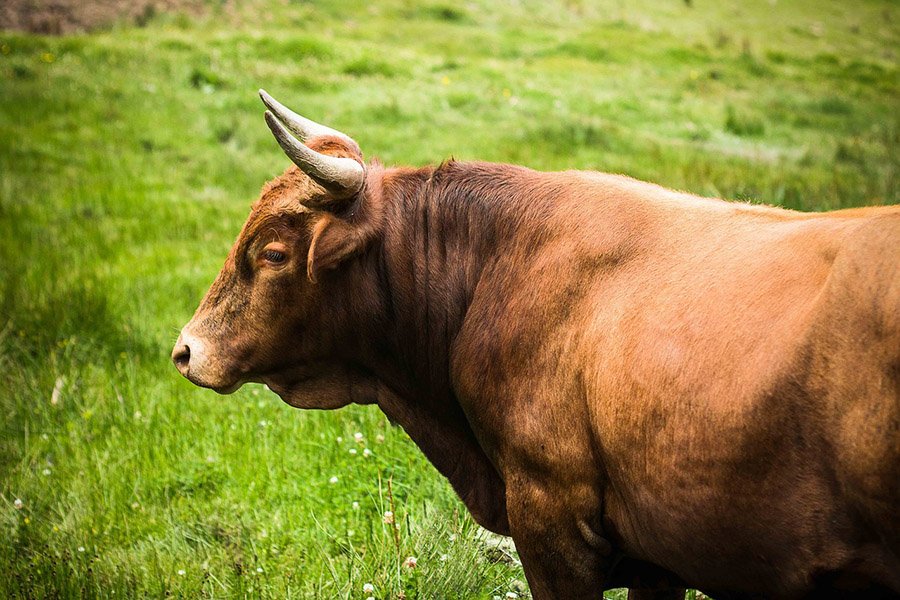
- Scientific name: Bos taurus
- Type of animal: Mammal
- Conservation status: Domesticated
Oxen have been domesticated for thousands of years and are known for their incredible strength and endurance. These powerful animals can pull loads that weigh several tons, making them invaluable for agricultural work and transportation in many cultures.
Oxen are typically used in pairs and are trained from a young age to work together. Their strength and reliability have made them a staple in farming communities around the world. Despite their size, oxen are generally gentle and docile animals.
Did you know? A single ox can pull more than twice its body weight, making it one of the strongest draft animals!
9. Tiger
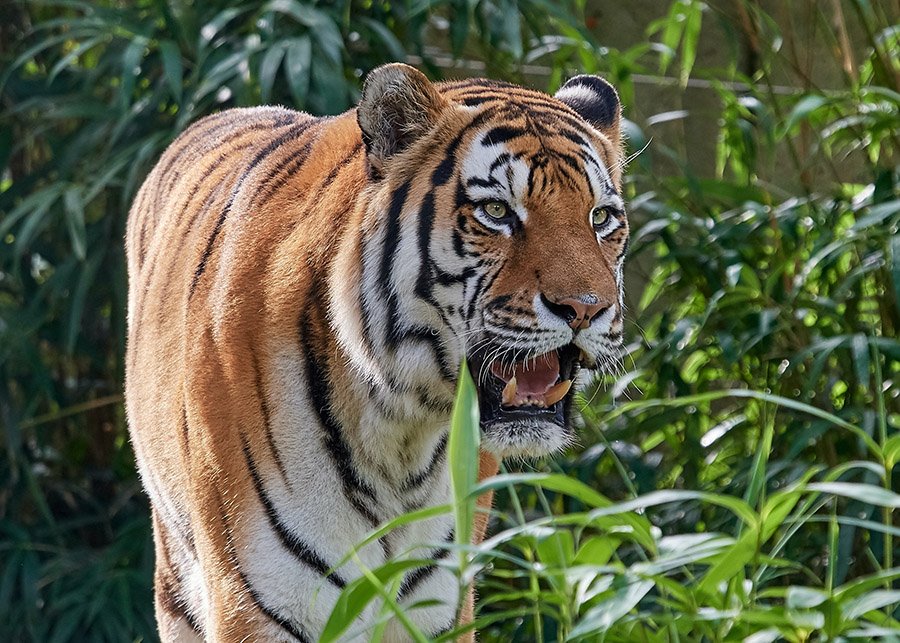
- Scientific name: Panthera tigris
- Type of animal: Mammal
- Conservation status: Endangered
Tigers are the largest and most powerful of all big cats. These majestic predators can weigh up to 660 pounds and have the strength to take down prey much larger than themselves. Found in the forests and grasslands of Asia, tigers are solitary hunters with a diverse diet that includes deer, wild boar, and even water buffalo.
Tigers are known for their stealth and agility, using their powerful muscles to ambush prey with a single pounce. Despite their strength, tigers face significant threats from habitat loss and poaching. Conservation efforts are crucial to their survival.
Did you know? A tiger’s roar can be heard up to two miles away, serving as a powerful communication tool in the dense forests they inhabit!
10. Rhinoceros Beetle
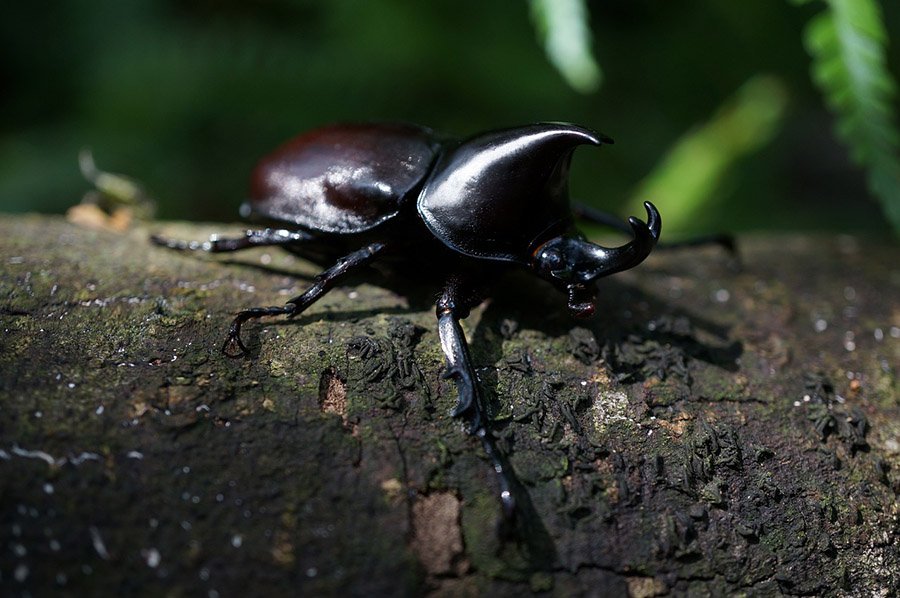
- Scientific name: Dynastinae
- Type of animal: Insect
- Conservation status: Varies by species
Rhinoceros beetles are among the strongest creatures on the planet relative to their size. These insects can lift objects that are 850 times their own body weight. Found in tropical regions around the world, rhinoceros beetles are known for their distinctive horns, which they use for defense and mating battles.
Despite their fearsome appearance, rhinoceros beetles are harmless to humans. They feed primarily on fruit and sap, playing a role in nutrient cycling in their ecosystems. Their strength and resilience make them fascinating subjects of study in the field of entomology.
Did you know? If a human had the strength of a rhinoceros beetle, they would be able to lift a 65-ton object!
What Makes These Animals So Strong?
The incredible strength of these animals is due to a combination of factors, including their physical structure, evolutionary adaptations, and specialized abilities. For example, insects like dung beetles and leafcutter ants benefit from an exoskeleton and muscle structure that allows them to lift objects many times their own weight.
Mammals like elephants and gorillas have evolved powerful muscles and skeletal structures that enable them to perform feats of strength necessary for survival in their environments. These adaptations help them find food, defend against predators, and interact with their social groups.
In many cases, an animal’s strength is also a result of unique behavioral strategies. For instance, eagles use their powerful talons and sharp beaks to hunt efficiently, while anacondas rely on their coiling ability to constrict prey. These specialized adaptations highlight the incredible diversity and ingenuity of nature in equipping animals with the tools they need to thrive.
Understanding what makes these animals strong not only inspires awe but also underscores the importance of conserving their habitats and ensuring their survival. By protecting these remarkable creatures, we preserve the intricate balance of ecosystems that support life on Earth.

